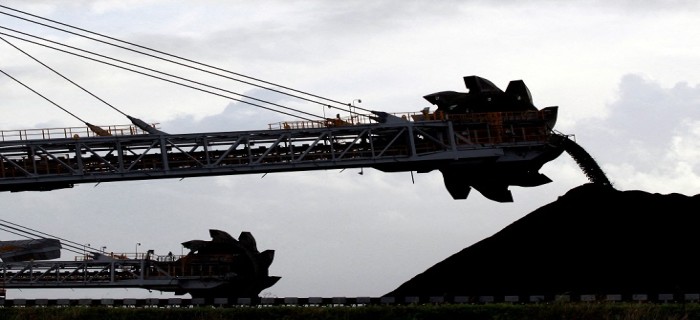
Australia’s resource is forecast to hit a record A$464 billion in fiscal 2022-2023.
25 May 2023
Australia's resource and energy export revenue is forecast to hit a record A$464 billion ($310 billion) in fiscal 2022-23 (July-June), A$5 billion higher than the government forecast in December, due to an anticipated lift in metallurgical coal and iron ore earnings and a weaker-than-expected exchange rate against the US dollar.
After both metallurgical and thermal coal prices rode the surge in energy prices in 2022 stemming from Russia's invasion of Ukraine, the Australian government sees its metallurgical coal exports rising to 172 million mt by FY 2027-28 from 163 million mt in FY 2021-22.
Most of the volume will go to India, despite China having started buying Australian coal again in February after unofficially banning such imports in October 2020.
China's coking coal imports have peaked, according to the Australian government's latest Resources and Energy Quarterly issued April 3.
Australian producers would prefer a long-term offtake contract with a steelmaker in India over one in China, which stopped trading with them during the unofficial ban period, AME Research Managing Director Lloyd Hain said in an interview.
"There will still be a market for low-sulfur, high-quality premium coking coal from Australia in China given its blast furnaces are designed around that, but it's tough for us to see how exports [to China] could sustainably go back to what they were before the ban," the Commonwealth Bank of Australia's mining and energy commodities research director Vivek Dhar said in an interview.
"Chinese coal imports from Mongolia have lifted significantly in the last 12 months, even with COVID-19 impacts limiting cross-border transport -- and they're building out more railways between Mongolia and China to boost those numbers," he added.
India became a bigger importer of Australian coking coal than China in 2018, according to S&P Global Commodity Insights data, and Australian producers see that trend strengthening.
Coronado Global Resources Inc. CFO Gerhard Ziems told a Feb. 22 analyst call that global seaborne coking coal demand is expected to rise 43% by 2050, driven by India's planned blast furnace steel production.
BHP sees India's steelmaking sector underpinning "decades of strong margins" for its coking coal assets in Australia, noting in its results for the second half of 2022 that India in the leadup to its 2024 general election could buck the trend of ex-China steelmakers being under pressure "as the general industrial climate softens" after global steelmakers' margins were squeezed amid lower sale prices and high input costs over H2 2022.


 (1).gif)
leave your comment